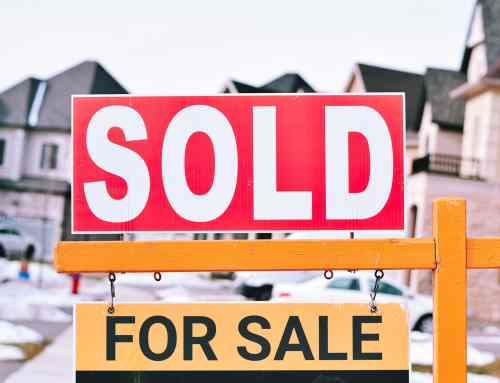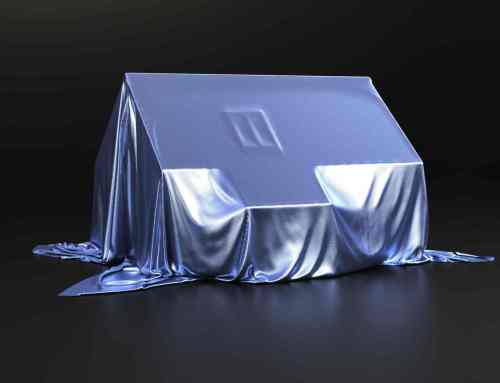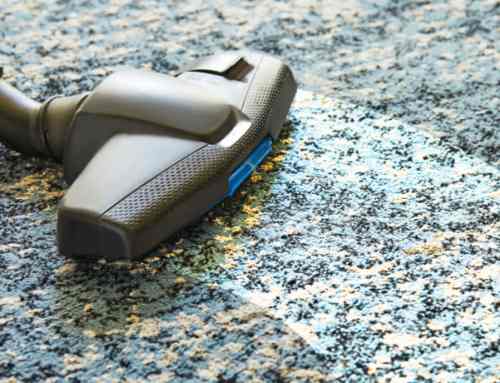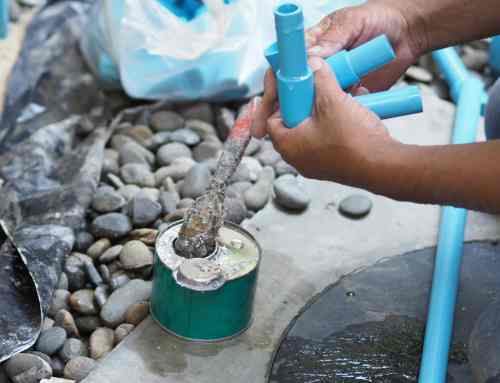Selecting the Right Carpet Color
 There are several factors to consider when selecting carpet, but choosing the right color is often the most difficult part of the process. Most of our customers make relatively “safe” choices such as light or medium colors in neutral tones.
There are several factors to consider when selecting carpet, but choosing the right color is often the most difficult part of the process. Most of our customers make relatively “safe” choices such as light or medium colors in neutral tones.
Colors like beige, taupe, gray and even off white are popular because they blend well with just about any décor. Carpets in bold colors like burgundy, deep, rich browns, regal blues and purples, soothing greens and even multi-colored patterns are not uncommon for us to see in our clients’ homes.
But have you ever wondered how these colors and patterns get into the carpet? There are several dye methods used on modern synthetic carpets.
Each has its benefits and limitations.
Types of Carpet Fibers
Synthetic carpet fibers such as Nylon, Polyester and Olefin are made through a process called extrusion. Imagine a metal colander or spaghetti strainer. If you fill it with plastic pellets and heat it up, the plastic pellets begin to melt. As the plastic liquefies, it falls through the holes in the colander and forms long strands. If you hold the colander high enough, each strand of plastic will cool and solidify into a single filament. This is basically what extrusion is, except with carpet fibers the colander is replaced with a machine made up of tiny “colanders” called spinnerets.
Fiber manufacturers can add color during the extrusion process by mixing in colored plastic pellets with the non-colored ones. This process
produces a pre-colored filament in which the color goes all the way through the fiber. We call this process solution dyeing.
Solution-dyed carpets are the most colorfast and are very resistant to fading and bleaching. Typically found in commercial carpets, solution \-dyed fibers can also be used in residential carpets. In fact, olefin fibers commonly found in Berber style carpets can only be dyed in
this way. This is because olefin fibers are the least absorbent fibers and they simply will not absorb dye. This characteristic also means olefin fibers are highly stain-resistant.
After extrusion, the filaments or fibers are spun into a yarn from which the carpet pile will be made. Nylon is the most popular fiber for residential carpet, and it can be dyed in a number of ways. For example, the yarns can be dyed before they are made into a carpet in a process called yarn dyeing. If several different colors of yarn are used, the carpet can be made in an almost unlimited variety of patterns. Many carpets in hotels and office buildings are made this way.
Print Dyeing
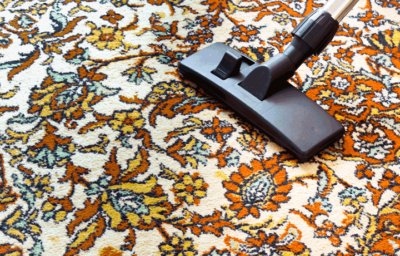 Print dyeing is used when a specific pattern such as flowers, geometric shapes or even pictures are needed. The dyes are sprayed or printed onto
Print dyeing is used when a specific pattern such as flowers, geometric shapes or even pictures are needed. The dyes are sprayed or printed onto
the carpet in a pattern that is controlled by computers. You will often see print dyeing on novelty carpets found in children’s playrooms, day
care centers, movie theaters and shopping malls.
The most common technique is continuous dyeing. After the yarns have been stitched into a primary backing material, the carpet passes through a line of jets that spray hot dye into the face yarns. This is the fastest and most cost-effective way to dye carpet. Chances are, if you
have a light to medium solid-color carpet, it was dyed in this way.
How a carpet was dyed will determine how well it resists color loss, fading or bleaching. With any attempt to remove spots, stains or discolorations you must consider the carpet fiber and dye method. A spotter that works fine on one carpet may cause irreversible color
loss in another.
Most manufacturers have specific requirements about what kind of spotting agents can be used to avoid loss of warranty. It is therefore very
important that you exercise care and common sense when responding to any spills or spots on your carpet. When in doubt, blot with an absorbent cloth, and call Clean Pro Cleaning & Restoration at (504) 443-0009. We can give you recommendations for treatment or schedule a professional visit to help prevent damage and keep your carpet beautiful.



